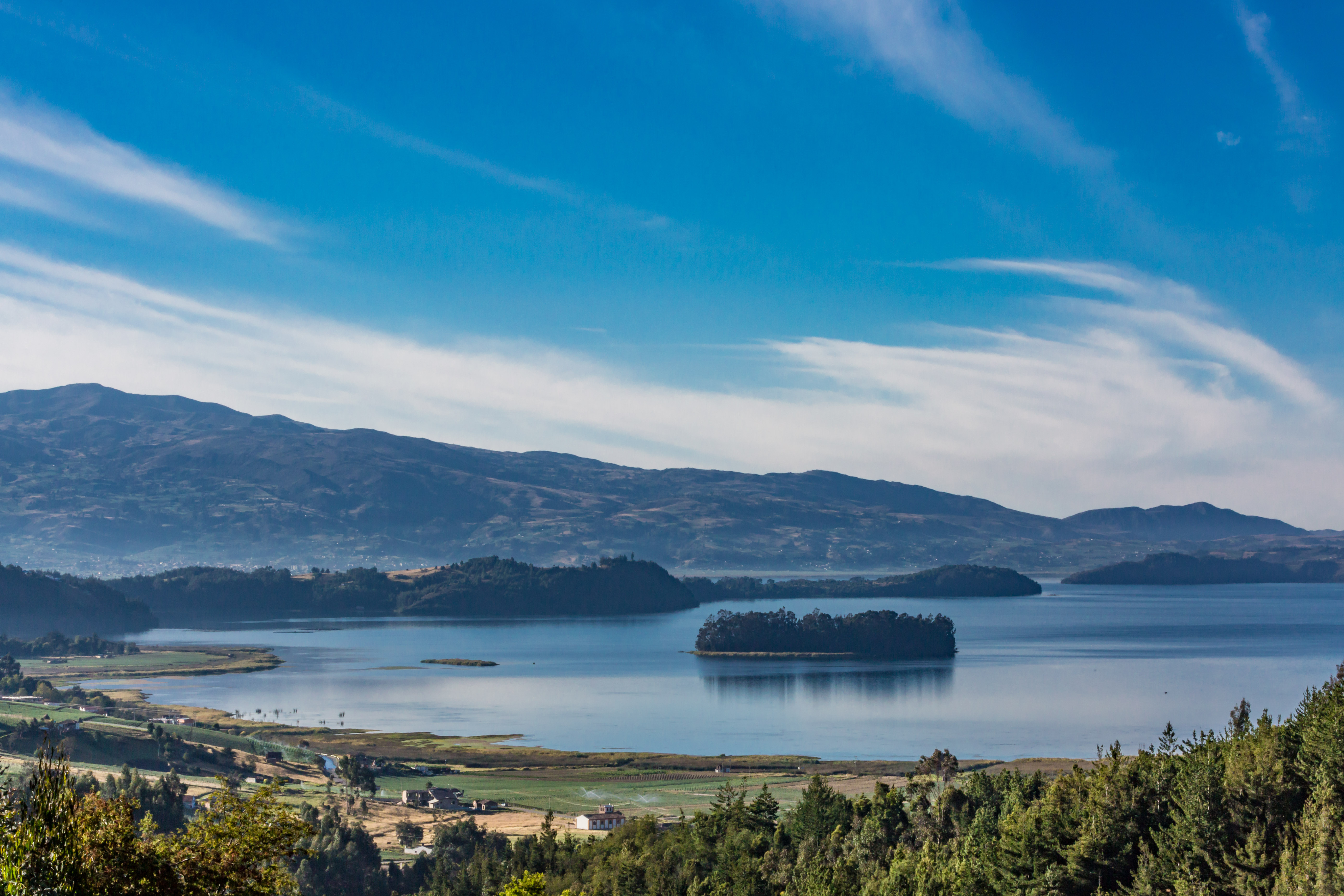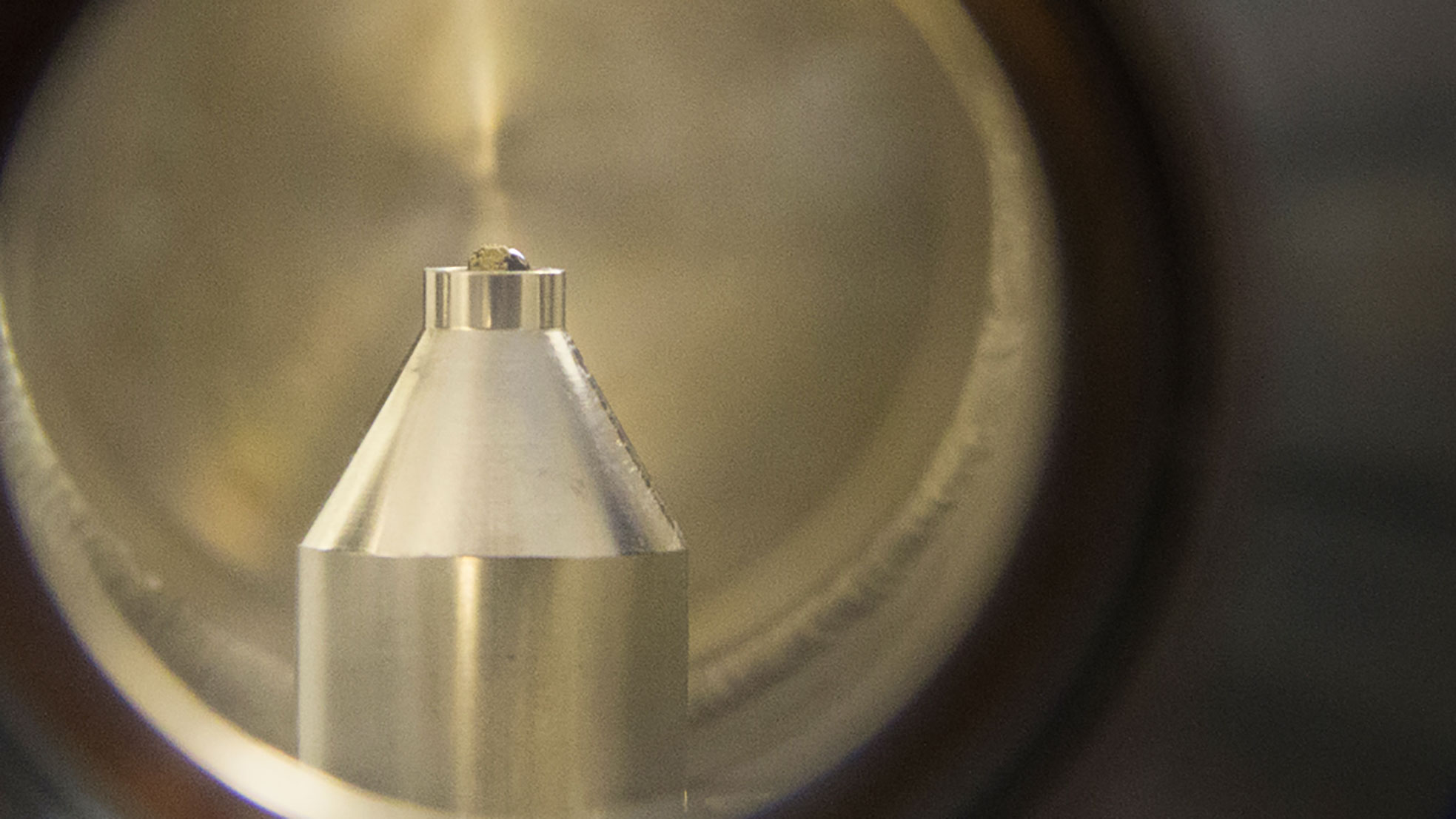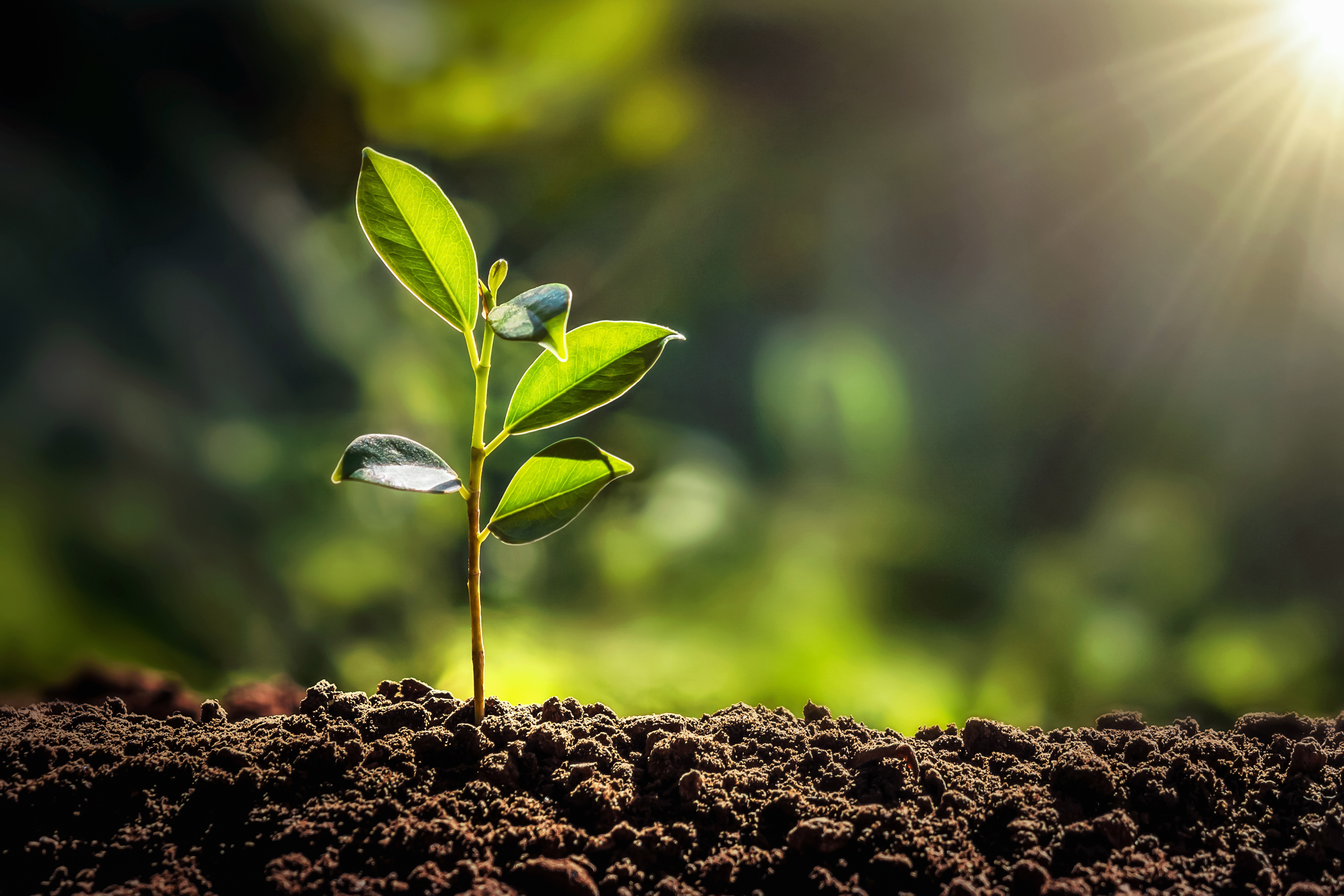Department of Earth and Environmental Sciences honored for student diversity efforts
March 29, 2024
The department was named a partner institution of the American Geophysical Union’s Bridge Program, which increases representation of historically marginalized students in graduate geoscience education.



